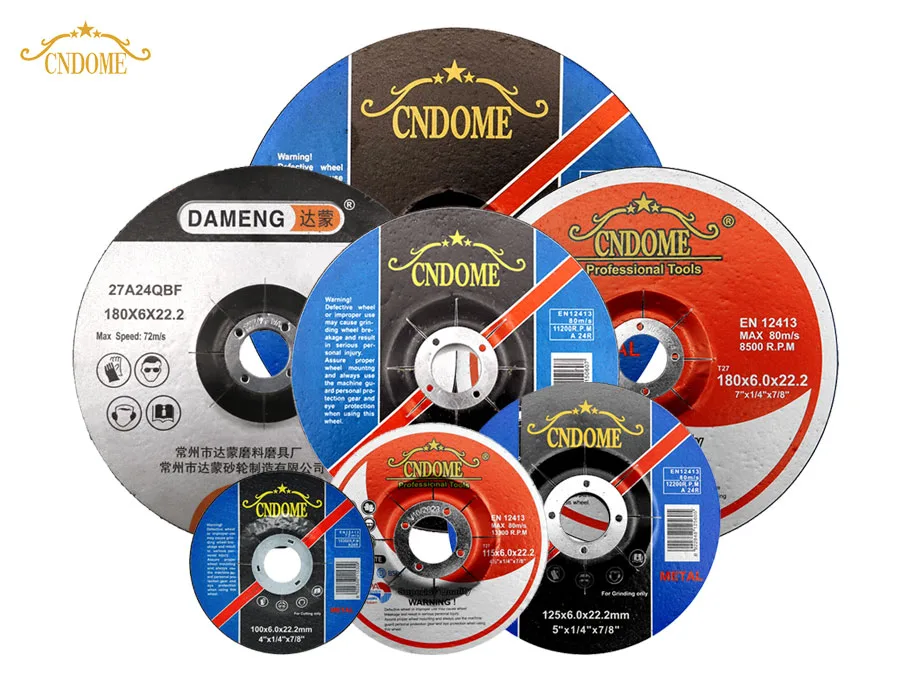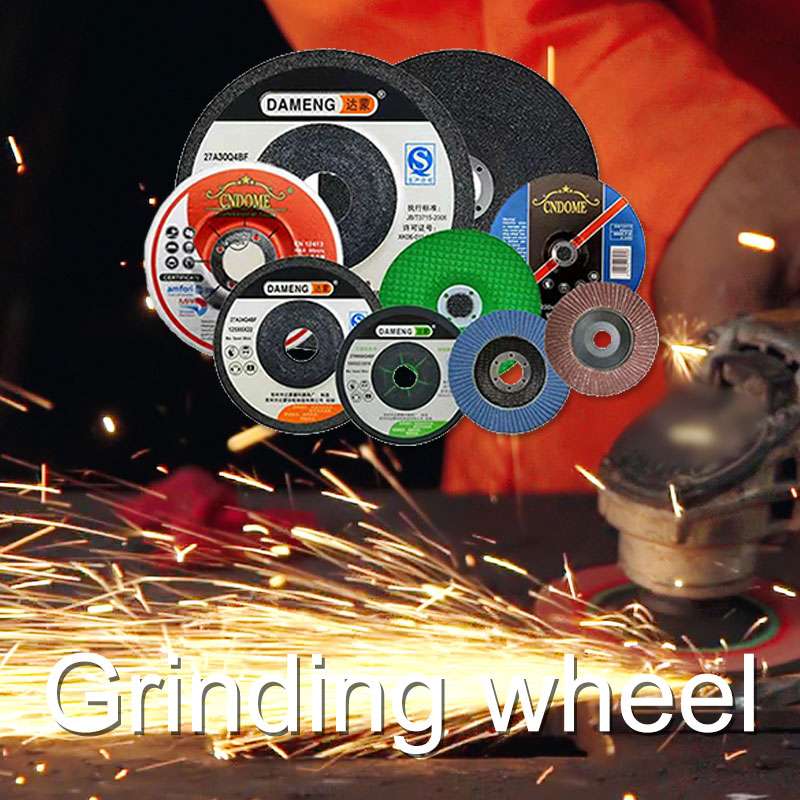When choosing an angle grinder grinding wheel, there are several factors to consider to ensure you select the right one for your specific application. Here are some key factors to consider:
- Type of Material: The material you’ll be working with will determine the type of grinding wheel you need. Different grinding discs are designed for use with different materials, including metal, concrete, stone, and masonry. Make sure you choose the right wheel for your application.
- Size: Grinding wheels come in a range of sizes, so make sure you choose a size that fits your angle grinder. Check the size and specifications of your angle grinder before purchasing the grinding wheel.
- Grit: The grit of a grinding disc refers to the coarseness of the abrasive particles. The higher the number, the finer the grit. Finer grits are used for finishing, while coarser grits are used for grinding and shaping. Consider the type of finish you want to achieve when selecting the grit.
- Hardness: The hardness of a grinding wheel determines its durability and the amount of pressure it can withstand. Softer wheels are better suited for grinding hard materials, while harder wheels are better for softer materials.
- Application: Finally, consider the specific application you’ll be using the grinding disc for. For example, if you’re grinding welds or removing rust, you may want a more aggressive grinding disc than if you’re polishing a surface.

In summary, when choosing an angle grinder grinding wheel, consider the material you’ll be working with, the size and specifications of your angle grinder, the grit and hardness of the wheel, and the specific application you’ll be using it for.

